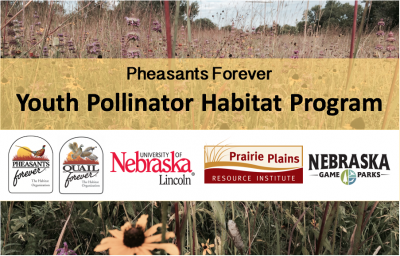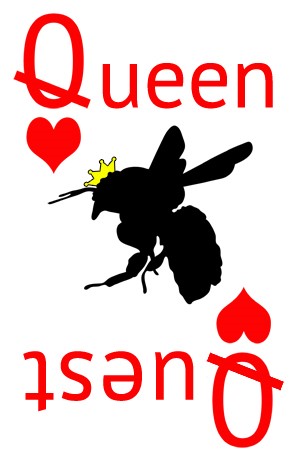Frequently Asked Questions

Main Page Nesting Block Information Blue Vane Trap Information Public Monitoring with iNaturalist
Q. What if I place or pick up the blocks before or after the deadlines?
A. Please try to do so within 3 days of the dates listed for each block set. Record all dates of placement and removal on the data sheet. If you miss a date, place the blocks as soon as possible and simply record the actual date placed on your data.
Q. What if a storm destroys our nesting block or blue vane trap?
A. Mother Nature happens. Record any loss of blocks on your data sheet.
Q. Will I get stung doing this?
A. It is highly unlikely. Solitary bees found in these blocks do not defend their nests. They may sting you if you touch them. To avoid being stung, remove the block bundle without touching the front of the holes. Mother bee might be in the block but will flee as you remove the blocks. This is okay.
Q. Where and how do I store the blocks before shipping them to you?
A. In a room temperature location with the entrances facing upwards. Bees orient themselves using gravity. Having the blocks facing upwards ensures that the bees will develop facing the right direction so they can emerge. We want the developing bees to emerge from their holes so we can describe them. If they overheat, they will die. Do not leave them in the car.
Q. Where and how do I store the blue vane trap samples?
A. Each Ziploc bag should have some hand sanitizer to help preserve specimens. Store the Ziploc bags in your freezer until you are ready to ship them. Remember to label your samples!
Q. Won’t removing the blocks hurt the bee populations?
A. The number of holes and bees developing in the blocks represents a small portion of the bees in your local population. Removing a few will not hurt the bee population.
Q. So the nesting block is composed of 5 pieces that I assemble. When I pick them up, I need to place each block (each having separate hold diameters) in their own Ziploc bag, and mail them to UNL…right?
A. Yes, you have it! But don’t forget to include the data sheet and any blue vane samples you might have.
Q. So we place 3 nest block bundles (bundles of 5 pieces), one at a time, throughout the summer season?
A. Yes, there should always be only one nest block bundle out at a time. One April 1-May 31 bundle, one June 1 – July 31 bundle, and one August 1 – September 30 bundle.
Q. Why is science so much work?
A. Good science involves hard work with good collaborators. But the results are rewarding. Thank you for collaborating with us.




